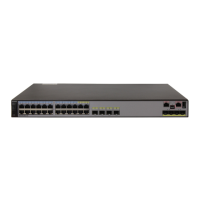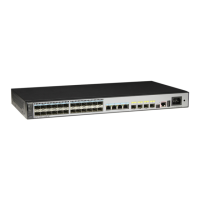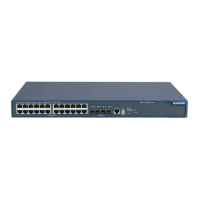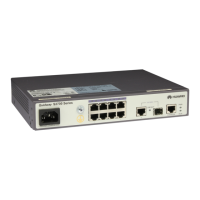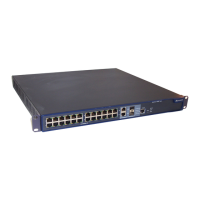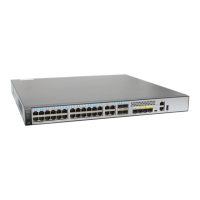aturesOSN 7500
Technical Manual - System Description 8 Protection
Huawei Technologies Proprietary
8-3
Through the two PIU boards, the OptiX OSN 7500 can access two –48 V DC inputs
that work for mutual backup. If either of them goes faulty, the other will operate to
ensure the normal operation of the equipment.
8.1.7 1:N Protection for the +3.3 V Board Power Supply
The OptiX OSN 7500 provides 1:N backup for the +3.3 V power supplies of other
boards through the power backup unit of the AUX board. When the power supply of a
board becomes faulty, the backup power will take over to ensure normal operation of
that board.
8.1.8 Intelligent Fans
The OptiX OSN 7500 adopts three intelligent fan units for heat dissipation. The power
supplies for the fans serve as backup for each other.
The intelligent fans provide the functions of stepless speed regulation and failure
detection. Once one of the fan modules goes faulty, the other two will operate at their
full speed. The running status of the fans can be indicated by the corresponding
indicators on the front panel of the fan unit.
8.1.9 Abnormality-Specific Board Protection
1. Power Failure during Software Loading
Application program and data have the check function. When software loading is
interrupted, the basic input/output system (BIOS) will not start the unfinished program
and data until they are successfully loaded.
2. Over-voltage and Under-voltage Protection
The power board is designed with a lightning protection component to effectively
reduce the damages that may be possibly caused by transient high-voltage such as
lightning. When the voltage is over low, this board will automatically reset the center
processing unit (CPU) and the software will reinitialize the chips. The software will
provide a mirror protection for important memories that may affect the services. When
the voltage is not stable, which causes the memory value to change, the values can
be recovered to normal. In addition, when the voltage is too low, the power system will
automatically cut off the active power to protect the system.
3. Board Temperature Check
The temperature detection circuit is provided on the boards that generate much heat,
such as optical interface board and GXCS board. When the ambient temperature
detected is too high, an alarm is generated to remind the maintenance personnel to
clean the fans.
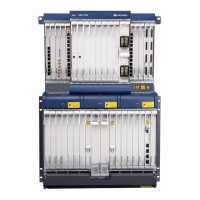
